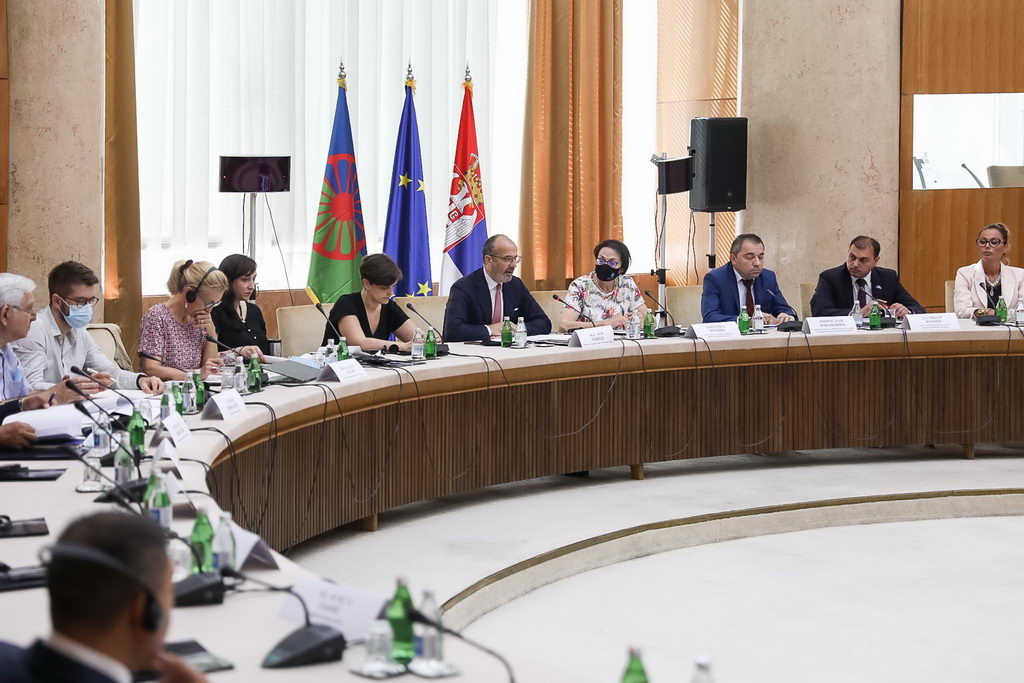 The Government of the Republic of Serbia, in cooperation with the European Commission, organised a Technical Meeting on the Social Inclusion of Roma in the Republic of Serbia, held on 23 June 2021 at the Palace of Serbia in Belgrade. The Technical Meeting was an opportunity to summarise the results achieved, and to consider priorities for the forthcoming period in the field of social inclusion of one of the most vulnerable categories of the population in the Republic of Serbia.
The Government of the Republic of Serbia, in cooperation with the European Commission, organised a Technical Meeting on the Social Inclusion of Roma in the Republic of Serbia, held on 23 June 2021 at the Palace of Serbia in Belgrade. The Technical Meeting was an opportunity to summarise the results achieved, and to consider priorities for the forthcoming period in the field of social inclusion of one of the most vulnerable categories of the population in the Republic of Serbia.
The technical meeting was attended by representatives of the National Assembly of the Republic of Serbia, the Government, the National Council of the Roma National Minority, civil society organisations and international organisations, as well as donors. Through six sessions the meeting focused on the following topics: 1. Consequences of the COVID-19 pandemic on the Roma population; 2. Roma education and employment; 3. Social welfare and healthcare and personal ID documents for the Roma; 4. Housing, status of internally displaced persons and returnees under the readmission process; 5. Poverty, child marriages, gender equality, discrimination and domestic violence, with a separate session dedicated to concluding considerations.
Opening the meeting, the Minister for Human and Minority Rights and Social Dialogue Gordana Čomić said that it remains a question why we still need special documents so that any social group, such as women, persons with disabilities, or Roma, would be equal and have equal access to the resources of the society they live in. “Primarily in line with the values of the European Union, the Government of the Republic of Serbia made the decision to establish a Coordination Body for Monitoring the implementation of the Strategy for the Social Inclusion of Roma”, noted Čomić, explaining that education and housing are just some of the areas that require investing additional efforts to root out discriminatory practices against Roma. As she explained, the Roma Employment Strategy in the Republic of Serbia is also one of a number of documents that should provide educated generations of Roma equal treatment in the field of work, without erasing the particularities of this, or any other social group, since the fact that we are different represents one of the biggest treasures of our society. “We are firmly committed to tear down discrimination against the Roma in Serbia as quickly as we wish to reduce discrimination, and to improve their status as quickly as we will work on this in partnership”, concluded Čomić.
The issue of Roma inclusion is of particular importance for the process of Serbia’s accession to the European Union, particularly regarding Chapter 23. The Ambassador of the European Union to Serbia Sem Fabrizi said that social inclusion is a key issue for all democratic societies. “During the crisis caused by the pandemic, the problem of inequality has increased. The Strategy for the Social Inclusion of Roma in Serbia touches precisely on those fundamental issues that the EU focuses on – education, housing, employment, with particular progress visible in the field of acquiring personal IDs”, said Fabrizi and noted that we should keep in mind that fact that the Roma population is growing and predominantly younger, thus opening an entire spectrum of opportunities both for the Roma, as well as all of society in Serbia.
“We are aware of the fact that the problems of the Roma are very complex, thus requiring a comprehensive systematic approach, with particular importance given to the implementation of the revised Strategy for the Social Inclusion of Roma, and we expect there will be no delays in the further adoption of accompanying action plans required for the full implementation of the Strategy”, said Dalibor Nakić, President of the National Council of the Roma National Minority. He explained that there were no mass infections in Roma settlements since the start of the pandemic, but the economic consequences of the crisis are very severe. “Therefore the economic empowerment and employment of Roma is of great importance, with a particular view towards young highly educated members of the Roma community. The fact that intensive work is under way on improving the legal and working status of healthcare mediators and in the field of education and housing is particularly encouraging”, noted Nakić, and announced a number of campaigns regarding Roma participation in the forthcoming population census in 2022.
As part of a session dedicated to the consequences of the COVID-19 pandemic for the Roma population, Dragana Jovanović Arijas, Manager of the Social Inclusion and Poverty Reduction Unit of the Government of the Republic of Serbia (SIPRU) said that the pandemic has led to many healthcare and social-economic challenges for the majority of citizens, as well as new risks particularly related to vulnerable groups, such as the Roma. “Since March 2020, SIPRU, in cooperation with the United Nations Human Rights Office and with support by the UN High Commissioner for Human Rights (OHCHR), has been monitoring changes in the field and distribution of urgent aid, such as hygiene packages and technical equipment for educational institutions, while civil society organisations and local stakeholders were key for distributing aid”, explained Jovanović Arijas, noting the importance of financial assistance and free access to rights and services. According to her, it is important to monitor risks of additional vulnerability of vulnerable groups and consider the use of targeted one-off financial benefits. As concluded by Jovanović Arijas, it is necessary to rely on earlier good practice examples in the future, such as field visits, dissemination of information about immunisation, and campaigns for preschool education.
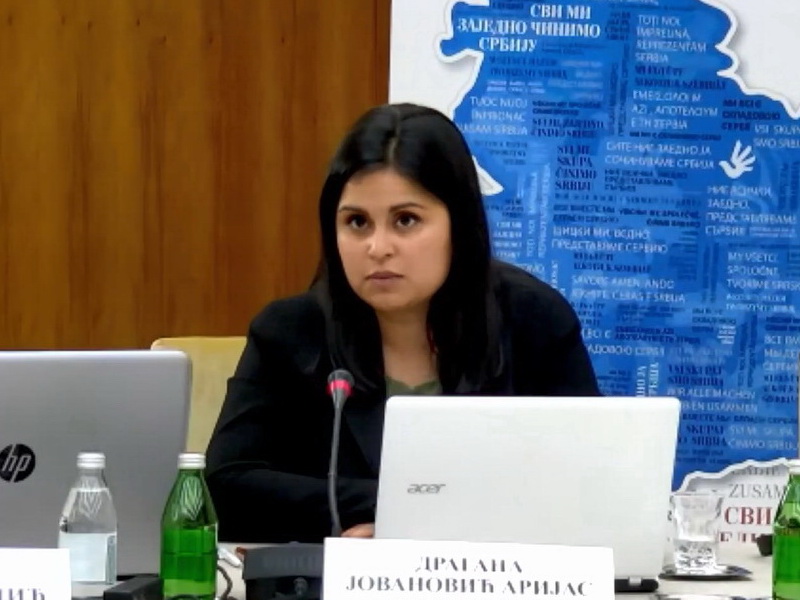
Dragana Jovanović Arijas, Manager of the Social Inclusion and Poverty Reduction Unit of the Government of the Republic of Serbia
The Ministry of Human and Minority Rights and Social Dialogue is particularly aimed at strengthening institutional structures, such as the new Coordination Body presided over by the Prime Minister, said Ninoslav Jovanović, State Secretary at this Ministry. “The Ministry of Human and Minority Rights and Social Dialogue has formed a Division for Improving the Status of the Roma, representing technical support to the Coordination Body, tasked with revising the Strategy for the Social Inclusion of Roma in the forthcoming period, in cooperation with the Expert Group of the Coordination Body, and harmonising it with the EU strategic framework for the Roma”, said Jovanović. “We must network civil society and sectoral institutions at the national level, to work in partnership and together”, concluded Jovanović.
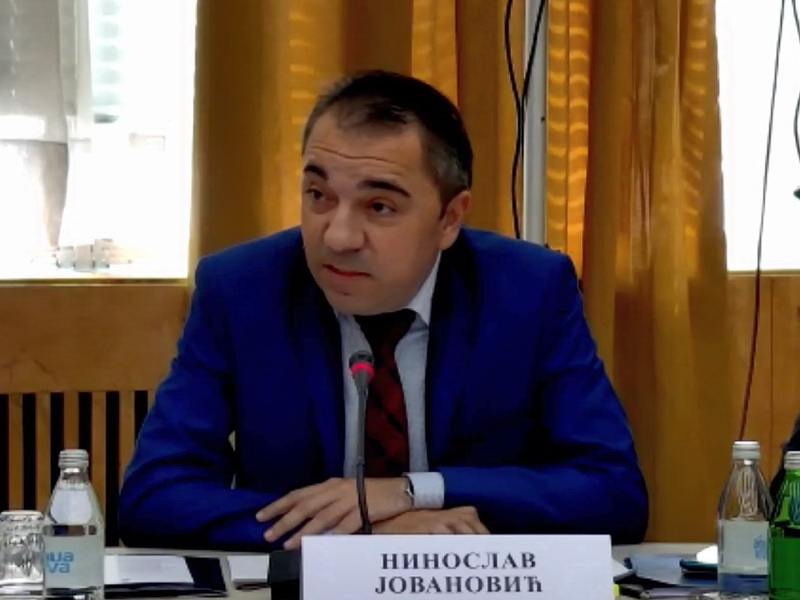
Ninoslav Jovanović, State Secretary at the Ministry for Human and Minority Rights and Social Dialogue
“Despite the fact that rights and policies must be integrated in all areas, under crisis situations the specifics of certain social groups need to be taken into consideration”, said UN Resident Coordinator to Serbia Françoise Jacob. She noted the importance of available data that faithfully reflect the entire spectrum of problems faced by the Roma community. “Better data provides better policies, while personal ID and access to healthcare services are a great challenge, since the Roma often feel insufficiently comfortable in healthcare institutions”, noted Jacob. She explained that employment strategies should not be focused exclusively on the Roma, but combine new measures with other existing measures and activities in this field. She concluded we need to cooperate in all initiatives and be more transparent.
That intersectoral cooperation is the foundation of change in the community was also emphasised by Stevan Nikolić from the Roma Education Centre. “COVID-19 has shown the entire global population how it is to live in isolation, and fear of uncertainty, and the Roma community has become proactive in this entire process”, said Nikolić and explained the example of Subotica, where good intersectoral cooperation has provided a good response to the pandemic.
Snežana Vuković from the Ministry of Education, Science and Technological Development presented a study on online access that focused on the option of distance learning during the pandemic. Findings show that 1.2% of students did not have classes, with a large number being students from vulnerable groups. “83% of students from the Roma national minority had distance learning classes – online or through delivered print material, with further activities implemented to mitigate the situation with the remaining 17%”, explained Vuković. She said that affirmative measures continue, the job description of pedagogical assistants has been regulated, while scholarships and the opportunity to study the native language with elements of national culture are contributing significantly to decreasing drop-out among students from the Roma population, with particular attention given to Roma girls.
“Significant progress was made in reviewing the status of the Roma population in the labour market – the number of registered unemployed Roma has been increased, their coverage by active labour market measures has been increased, along with financial measures”, noted Danijela Stojanović from the Ministry of Labour, Employment, Veteran and Social Affairs. She explained that the Employment Strategy and Action Plan also apply to members of the Roma nationality, and a number of specific measures have been planned, such as functional adult primary education, motivation-activation training courses, additional education and training, and promoting entrepreneurship with support, as well as reaching those outside institutions and vulnerable on multiple grounds.
According to data from the National Employment Service, the Roma population is a category of harder to employ persons, therefore there is priority in inclusion in all active labour market measures. As explained by Darko Marjanović from the National Employment Service, in May this year the employment records had 31,327 Roma persons registered, with 88.12% without qualifications. “Therefore we planned a number of training courses, but we could not implement most of them due to the epidemiological recommendations. During this year the most popular measure was subsidies for self-employment and we expect a greater number of applications”, said Marjanović.
Božidar Nikolić from the Association of Pedagogical Assistants noted that the measures are sometimes particularly hard to implement in the field, especially under pandemic conditions. “Urgent situations in the field were a priority, showing the importance of the role of the civil sector. It was particularly important for us to deliver print material in a timely manner to students who needed them, and to establish communication with families”, said Nikolić. He added that programme activities aimed at empowering institutional mechanisms through a mobile team covered all relevant stakeholders in the field, with a particular challenge posed by the application of the Rulebook on the pedagogical and andragogic assistant.
The Roma community is one of the most frequent beneficiaries of the right to financial social assistance and child allowance, while they make insufficient use of social welfare services and daily services in the community. “This is a field we must work on more, primarily at the local level, so that members of the Roma population become more involved in employment measures”, said Danijela Čukić Vlahović from the Ministry of Labour, Employment, Veteran and Social Affairs. She explained that the phenomenon of child marriages is most frequent with the Roma population, and in this regard there are supervision and counselling measures being implemented, along with various forms of support, and criminal charges are also being filed.
Jelena Janković, Assistant Minister at the Ministry of Health, says that there are currently 85 healthcare mediators employed in 70 health centres, and their main task is to work on improving the health of the Roma, particularly women and children, improving availability of healthcare, raising the awareness of the Roma population on the need to improve health habits, and to decrease inequalities. “Considerable progress was made in these fields, particularly visible during the pandemic”, explained Janković, adding that the Ministry of Health plans to give healthcare mediators the status of healthcare associates, and that through their help 5,390 Roma persons were vaccinated.
According to Aleksandar Marković, Assistant at the Ministry of Public Administration and Local Self-Government, a number of changes to the normative framework have considerably reduced the number of persons not covered by birth registers. “The study implemented in 2020 by UNHCR on the prevalence of statelessness among the population of Roma, Egyptians and Ashkalis living in informal settlements in Serbia showed that 0.45% of these persons have not been covered by birth registers, unlike 2010 when this number was 1.8%, or 2015 when there were 1% of those ‘unregistered’”, explains Marković. He noted that subsequent registrations of birth are decreasing year on year, and he explains that this indicates there is a decreasing number of legally invisible persons.
Regarding Ministry activities, the key activities for reducing the number of legally invisible persons are acquisition of citizenship, registration of residence and issuing of personal ID. As noted by Ivana Diviki Čupić, the MoI gives priority to members of the Roma population. “During the past ten years over 50,000 citizens from the Roma population have regulated their personal ID. The MoI is actively cooperating with the Ministry of Public Administration and Local Self-Government, Ombudsman and United Nations High Commissariat for Refugees, all with the aim of proposing measures and activities to resolve the problems faced by the Roma population”, said Diviki Čupić.
As explained by Svetlana Ilić from the Association of Healthcare Mediators, the long-term benefit of the work of healthcare mediators is a decrease in the mortality rate of children in substandard Roma settlements by as much as 50%, and the empowerment of women. “The Association of Healthcare Mediators was formed in 2016 with the aim of creating new strategies aimed at practical and urgent measures and policies, primarily at the local level”, said Ilić, noting that the goals of the Association are the further improvement of the healthcare status and quality of life of children and families in substandard Roma settlements, the systematic monitoring of the health and social status of the Roma population at the local and national level through the Healthcare Mediator Databases, and improving the efficiency of their work. “Specific activities by healthcare mediators were implemented with the aim of improving early child development, and in regards to anti-pandemic measures”, concluded Ilić.
Branislav Popović, Assistant Minister at the Ministry of Construction, Transport and Infrastructure, said that a programme was started within an IPA 2016 project to provide legal support for the legalisation of buildings of the Roma community in 10 local self-government units, and that Roma and other vulnerable groups were supported under an IPA 2018 project related to support to social housing and active inclusion.
Olivera Vučić from the Commissariat for Refugees and Migration explained that internally displaced persons from the Roma population comprise 10%, but the degree of their vulnerability is considerably higher, thus the Roma participate in more than 20% of the activities implemented by the Commissariat. “Regarding returnees based on the Readmission Agreement, around 75% of them are members of the Roma population. A considerable number of Roma was included among the internally displaced persons for whom durable housing solutions were provided due to the closure of collective centres”, said Vučić directing particular attention to the need for further sensitisation of all representatives at the local level for the issues faced by the Roma population, particularly if they belong to the category of internally displaced persons or persons under the readmission process.
Dragan Gračanin from the Association of Coordinators for Roma Issues presented the results of the mapping of substandard Roma settlements, implemented by the Social Inclusion and Poverty Reduction Unit, UN Human Rights Office and Association of Coordinators for Roma Issues. “The mapping covered 92 local self-government units, i.e. 702 settlements home to 167,975 people, with the findings showing that 51 LSUs, i.e. 159 substandard settlements home to 32,843 people have no access to clean water, or the access is irregular. Regarding access to sewerage, 457 settlements have no access or the access is irregular, while 64 substandard Roma settlements, home to 25,000 people, have no access to electricity”, explained Gračanin, noting that 14,000 Roma live without electricity, water or sewerage in 44 substandard Roma settlements within the territory of 13 LSUs.
Milica Marinković from the organisation A11 – Initiative for Economic and Social Rights noted that internally displaced Roma face a number of problems, such as making use of the right to adequate housing, but despite this the group is rarely a priority in housing policies. “Social housing did not solve this large problem, since people with a low social status cannot afford to pay bills, thereby entering even deeper into poverty”, explained Marinković, adding that in regards to the awarding of construction material, the Roma often do not meet the conditions for this type of assistance, and the purchase of rural households is only sustainable for a certain number of Roma. “The displacements of informal settlements are a special problem, since they are not being implemented in accordance with the Law”, said Marinković.
Nina Mitić, Assistant at the Ministry of Human and Minority Rights and Social Dialogue said that the formation of this Ministry was recognised by European partners as the efforts of the Republic of Serbia to raise the issue of human rights, including the Roma, to the highest level. “Amendments to the Law on the Prohibition of Discrimination, along with the Law on Gender Equality with the relevant strategies and action plans need to represent the framework for improving the status of Roma in Serbia”, noted Mitić.
According to MICS data from 2019, 56% of Roma girls are married before the age of 18, and nearly one in five before the age of 15, thereby dropping out of education, giving early birth, and the infant mortality rate is twice that of the general population. Furthermore, these women are often exposed to domestic violence and poverty. As explained by Slavica Vasić from the Women’s Roma Network, early marriages are a serious violation of the rights of the child and gender-based discrimination. “The problems of the Roma are perceived as happening ‘to someone else’, and the feminisation of poverty is one of the most alarming consequences of early childhood marriages, while the end consequence is the fact that the life expectancy for Roma women is around twenty years shorter than the general population of women in Serbia”, noted Vasić. According to her, workshops that include the participation of young Roma, with the economic empowerment of Roma women, are just some of the directions of abandoning traditional practices, while mechanisms and protocols need to be systematically developed from the national to the local level.
The Minister for Human and Minority Rights and Social Dialogue Gordana Čomić said during the concluding session that the review of the Strategy for the Social Inclusion of Roma must be in line with the European framework, and the clear division of competences between relevant institutions is extremely important. “It is particularly important to establish full cooperation between institutions, along with consistent analysis of practices that are frequently wrongly perceived”, noted Čomić.
Marta Garcia Fidalgo, representative of the European Commission, noted the importance of the integration of Roma regarding Chapter 23. She said that Serbia has used a large part of IPA funds for Roma inclusion. However, the successful implementation of the strategy and the monitoring of this implementation require an Action Plan. “Coordination is important, and this was shown during the COVID-19 crisis, when institutions, along with organisations and the civil sector, successfully distributed aid”, noted Garcia Fidalgo. In the future, in addition to immunisation, she said, measures for the economic recovery of Roma will be of great importance. She particularly noted the significance of the Poznan declaration as a framework for policies in key areas of Roma inclusion. “There are many challenges in the field of education and housing, with employment possibly the biggest issue right now”, said Garcia Fidalgo, and concluded that resolving the issue of gender equality and child marriages requires the coordinated and comprehensive activity of all stakeholders, and the implementation of measures and policies must be monitored and measured in the field.
 Government of the Republic of Serbia
Government of the Republic of Serbia





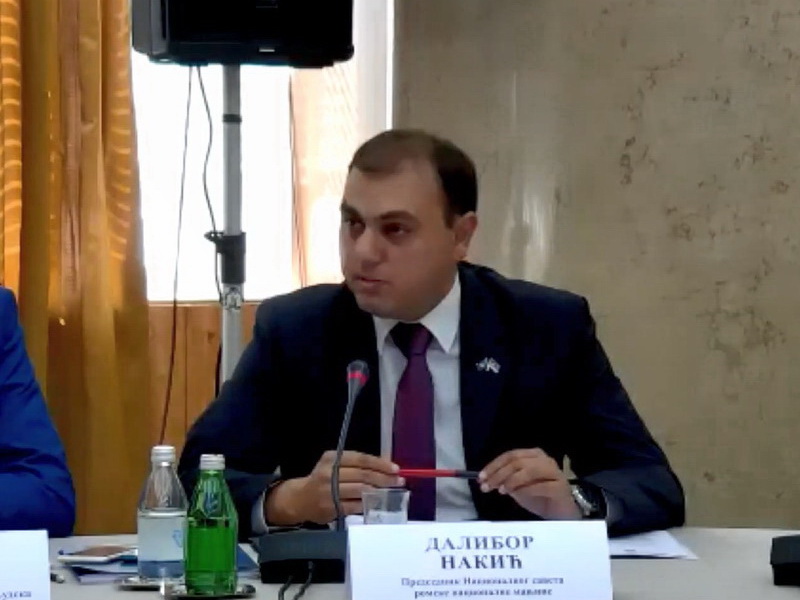
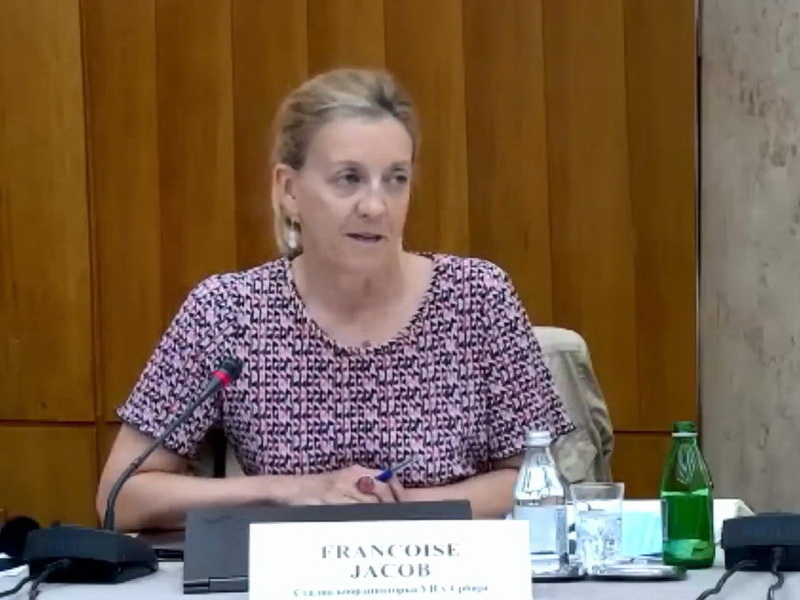
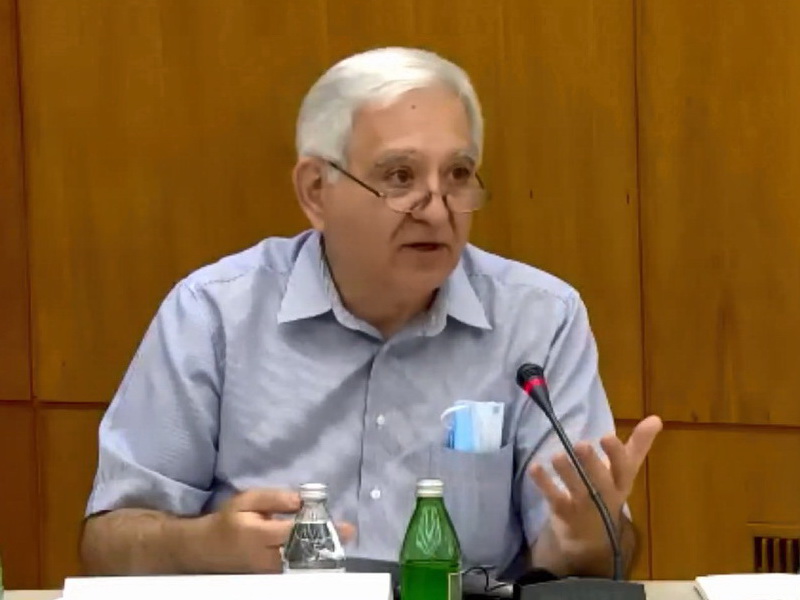
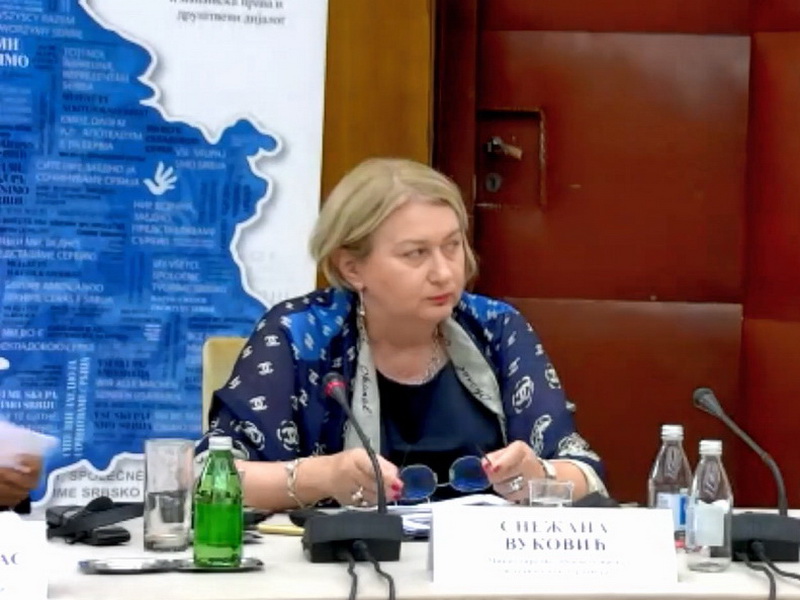
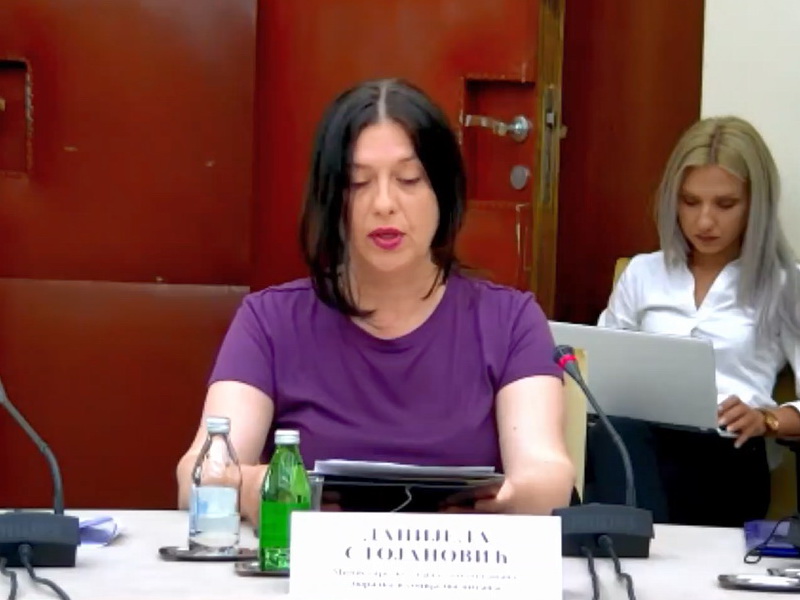
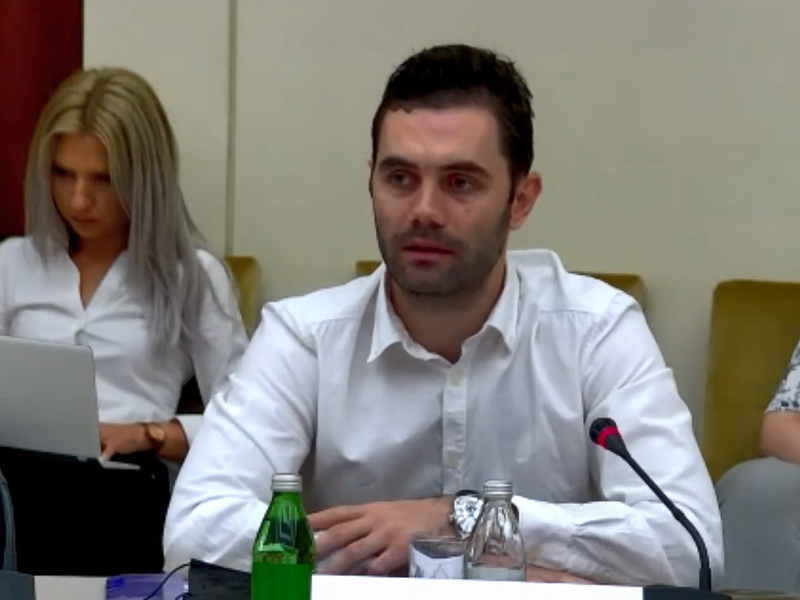
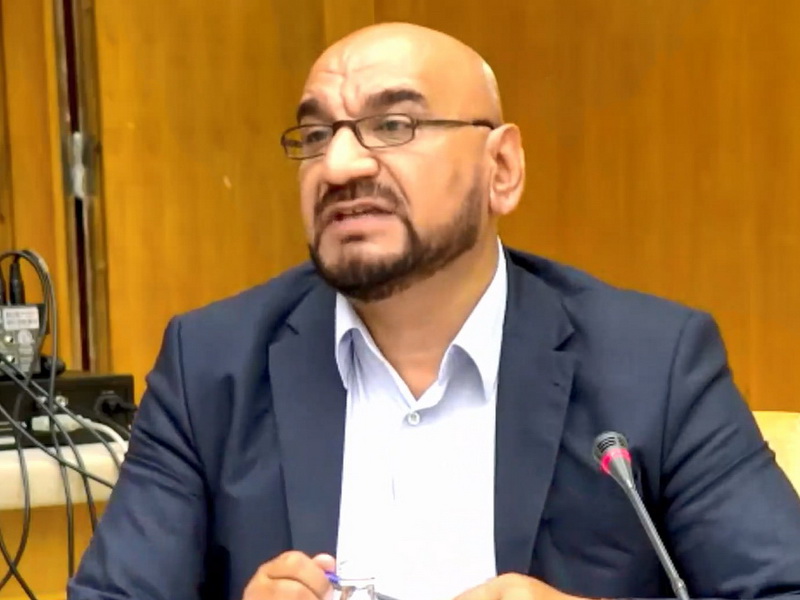
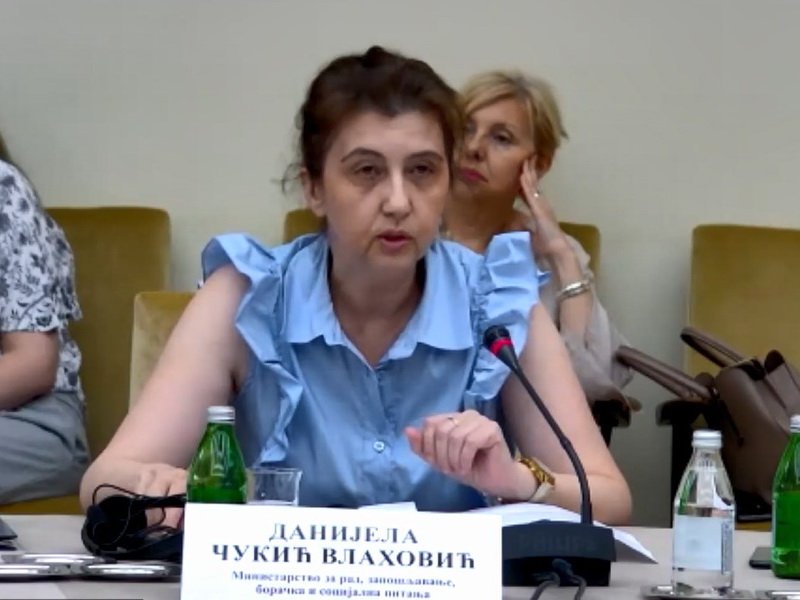
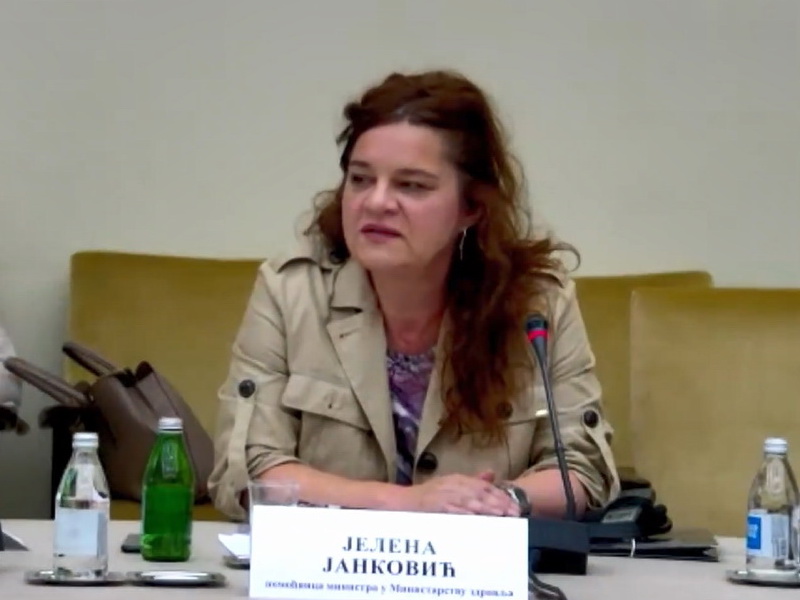
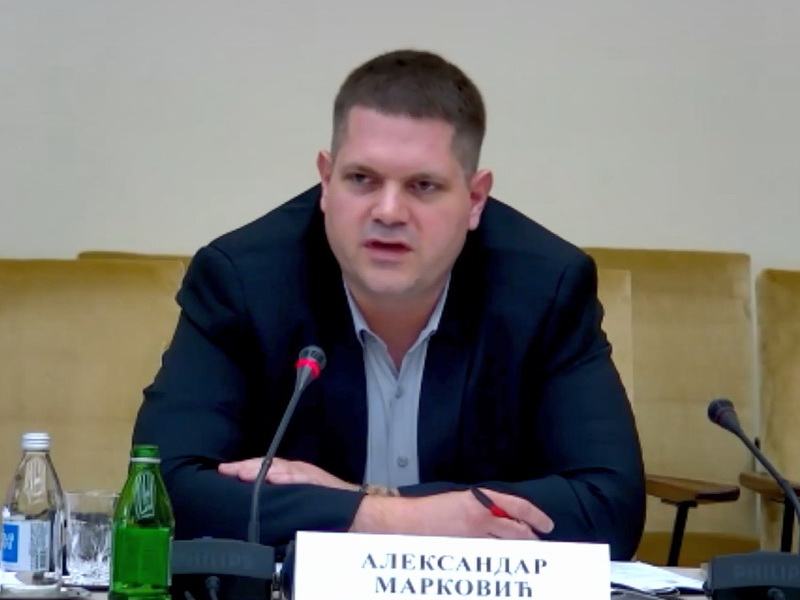
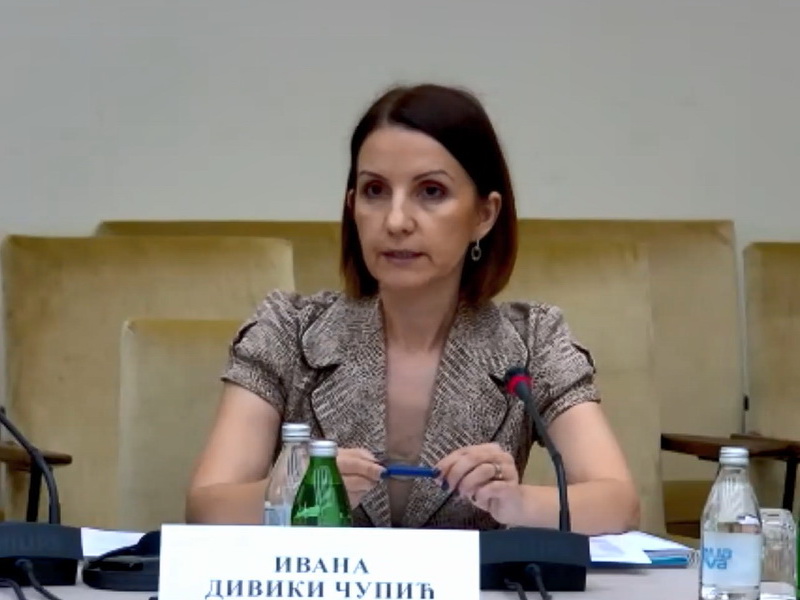
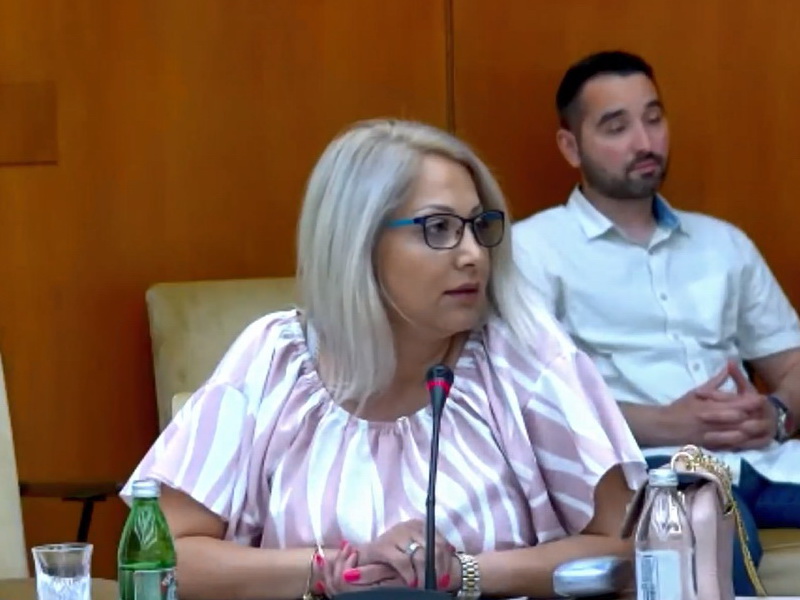
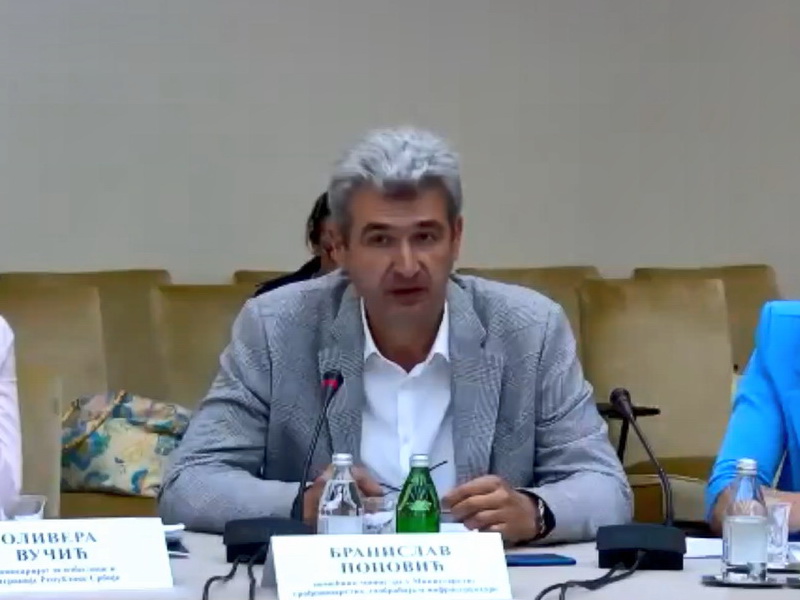
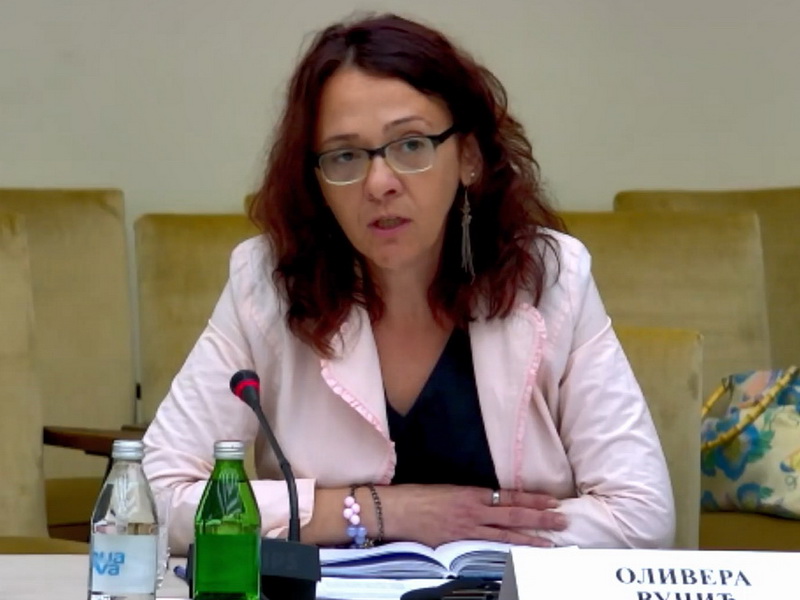
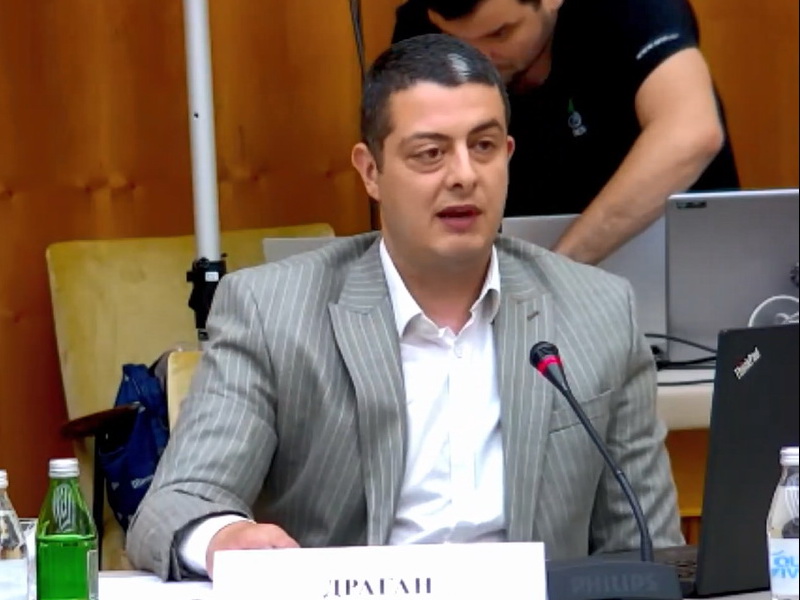
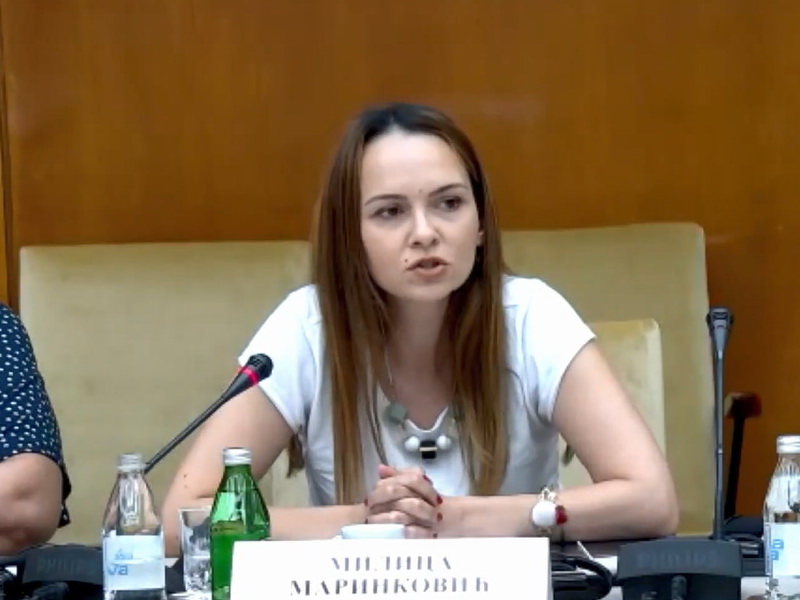
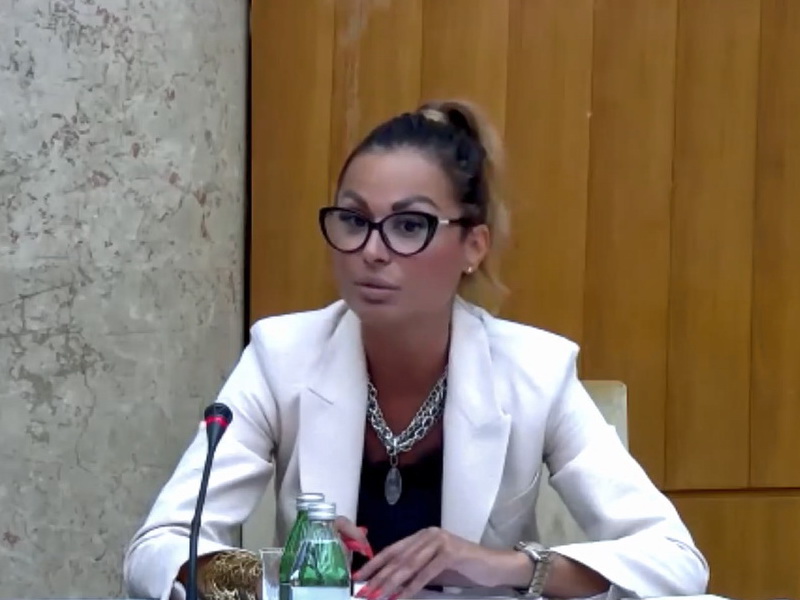
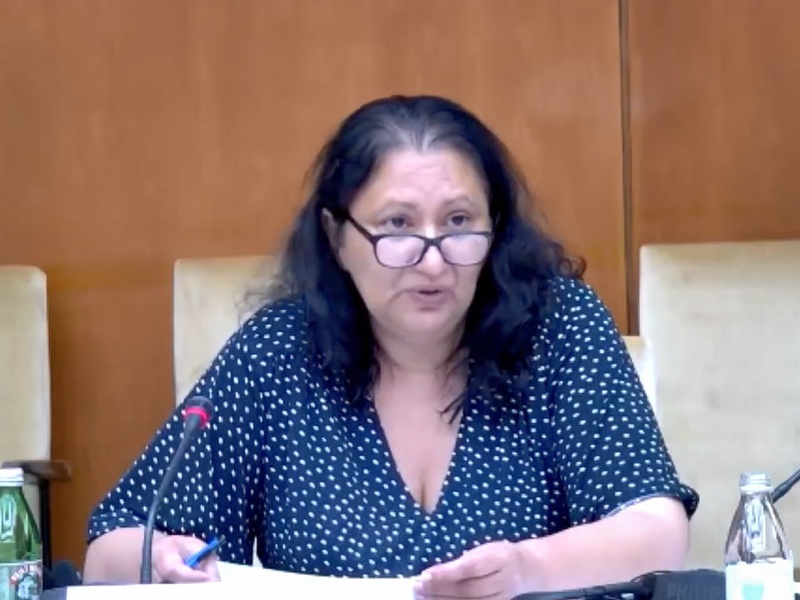
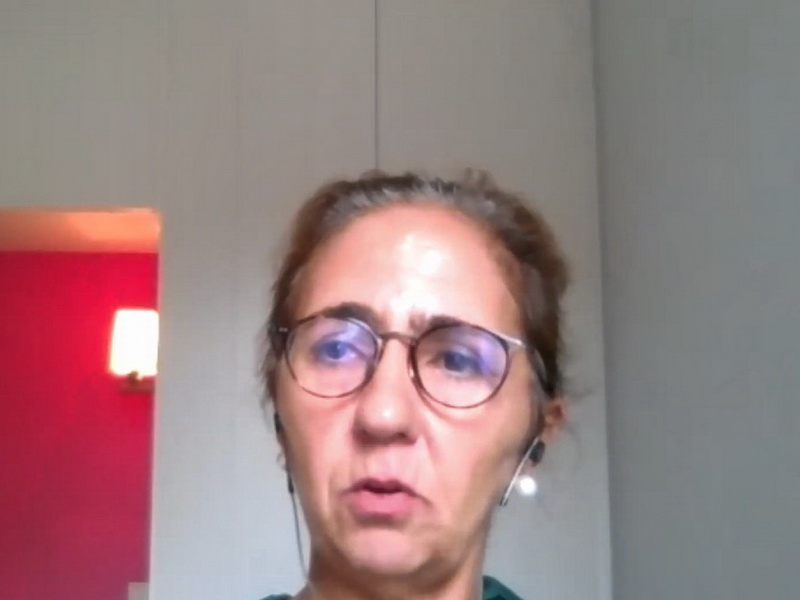












 pdf [271 KB]
pdf [271 KB]
Leave a Comment